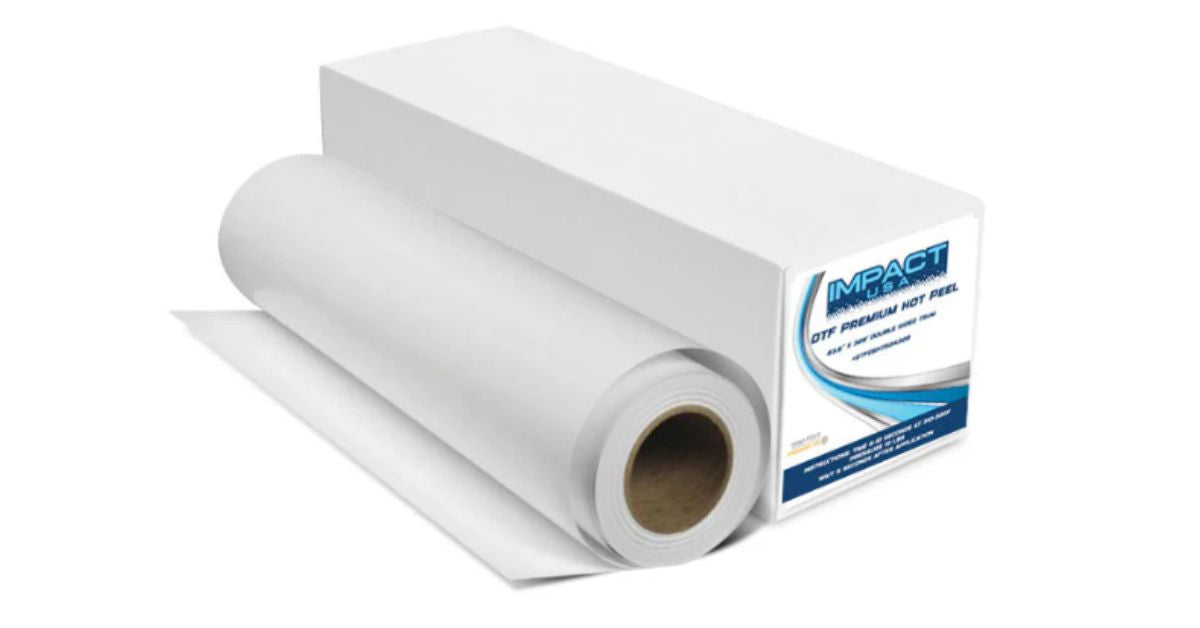
A Brief Guide to Storing DTF Film for Optimal Results
Achieving optimal results with direct-to-film (DTF) printing involves using the right equipment and inks and properly storing DTF film. Improper storage can lead to fading, warping, or diminished print quality, which no one wants. Luckily, keeping your DTF film in pristine condition is easier than you might think with this brief guide for storing it.
Keep Away From Direct Sunlight
Exposure to direct sunlight can cause DTF film to degrade over time. The UV rays weaken the film, cause colors to fade, and compromise the vibrancy of your prints. To avoid this, always store your DTF film in a shaded area, preferably in its original packaging or an opaque container, so that it stays in perfect condition.
Maintain the Ideal Temperature
Ambient temperature plays a big role in preserving your DTF film’s quality. Extreme heat or cold can melt the adhesive or cause the film to become brittle. Ideally, store the film rolls in a cool, dry place with a stable temperature range; around 65–75 degrees Fahrenheit is perfect. Avoid storing the rolls in garages or attics where temperatures tend to fluctuate due to insufficient insulation.
Control Humidity Levels
Humidity can pose challenges when preserving your DTF film. Too much moisture in the air can cause the film to swell or stick to itself, while too little can make it brittle and difficult to handle. Additionally, storing the film in humid areas can activate the white ink’s glycol.
The sweet spot for humidity is around 40–60 percent, so invest in a hygrometer to monitor humidity in your storage space. If the room gets too humid, set up a dehumidifier to keep things balanced.
Store Film Flat
Storing DTF film flat is the golden rule. Rolling or folding it might seem like a smart space-saving idea, but this can lead to creases, curls, and permanent damage. Lay the film flat on a clean, smooth surface or store it in a sturdy, wide portfolio case to keep it in top-notch condition.
Avoid Stacking Too Many Sheets
While stacking your DTF film can save space, overdoing it can put excess pressure on the film, leading to indentations or causing the layers to stick together. To prevent this, create small, manageable stacks.
Be sure to separate each sheet with a protective layer, like tissue paper or a plain sheet of paper, to maintain the quality. The separation method is to keep them in their original packaging if you haven't taken them out already.
Storing your DTF film correctly makes a world of difference in the quality of your finished designs. Treat your film well, and it’ll reward you with optimal results. At Inkjet Parts, we understand that great designs start with great materials. That’s why we sell an array of DTF inks and films from trusted brands all on one website. With us, quality is just a few clicks away!


Leave a comment